Solar energy could replace fossil fuels such as coal, Gas and Oil at some point. The Intersolar, Europe’s largest solar trade fair in Munich, Germany, presented the latest technology. Four facts about the development of the solar power.
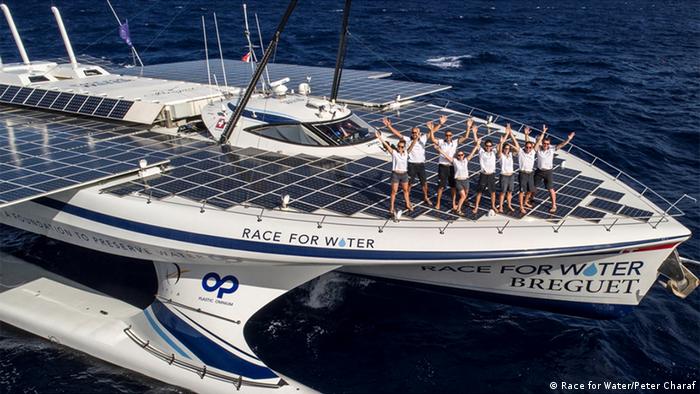
1. Solar power is cheaper
Electricity from solar power was once very expensive. Ten years ago, the technology was still new and the mass production was built. Electricity from large solar plants at a cost of 2009, around 30 Euro cents per kilowatt-hour (kWh); electricity from smaller plants on the house roof, about 40 cents per kWh. The solar systems were then compared to new coal, Gas and nuclear power plants that could generate electricity between 5 and 12 cents per kWh, with government support to be profitable.
Today the situation is globally very different: solar power is in many places of the world are the cheapest energy. In sun-rich regions can be large-scale facilities for 2 Euro cents per kWh generated; in countries like Germany for four to five cents per kWh.
Also, the prices for storage technologies to make power even at night flow, have dropped significantly.
Researchers at the Fraunhofer ISE predict further falling prices in the next few years. “By 2040, we will see electricity from a large photovoltaic plants in sun-rich regions of the world for well under a Cent per kilowatt-hour,” says solar economist Prof. Christian Breyer from the Technical University of Lappenranta in Finland (LUT) compared to the DW.
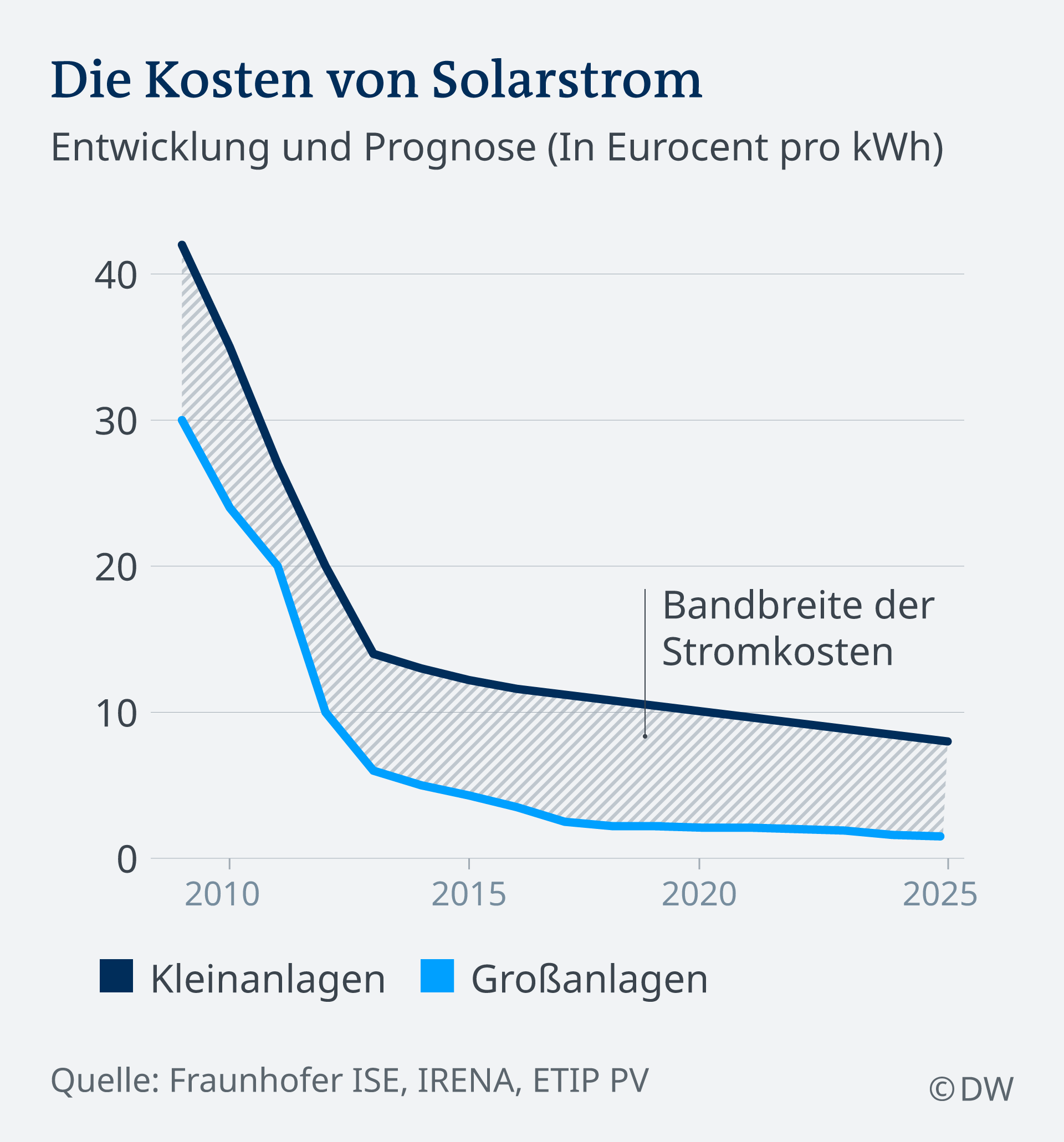
2. Solar expansion dominates the world
In the last year were set up according to the Global Market Outlook report, solar power Europe photovoltaic plants with a capacity of 102 gigawatts worldwide. A pioneer in the solar expansion in China (44 GW), followed by the USA (10 GW), India (8 GW), Japan (7 GW) and Australia (5 GW) in the past year. Germany, once a solar pioneer, ends up with an increase of just under 3 GW in sixth place.
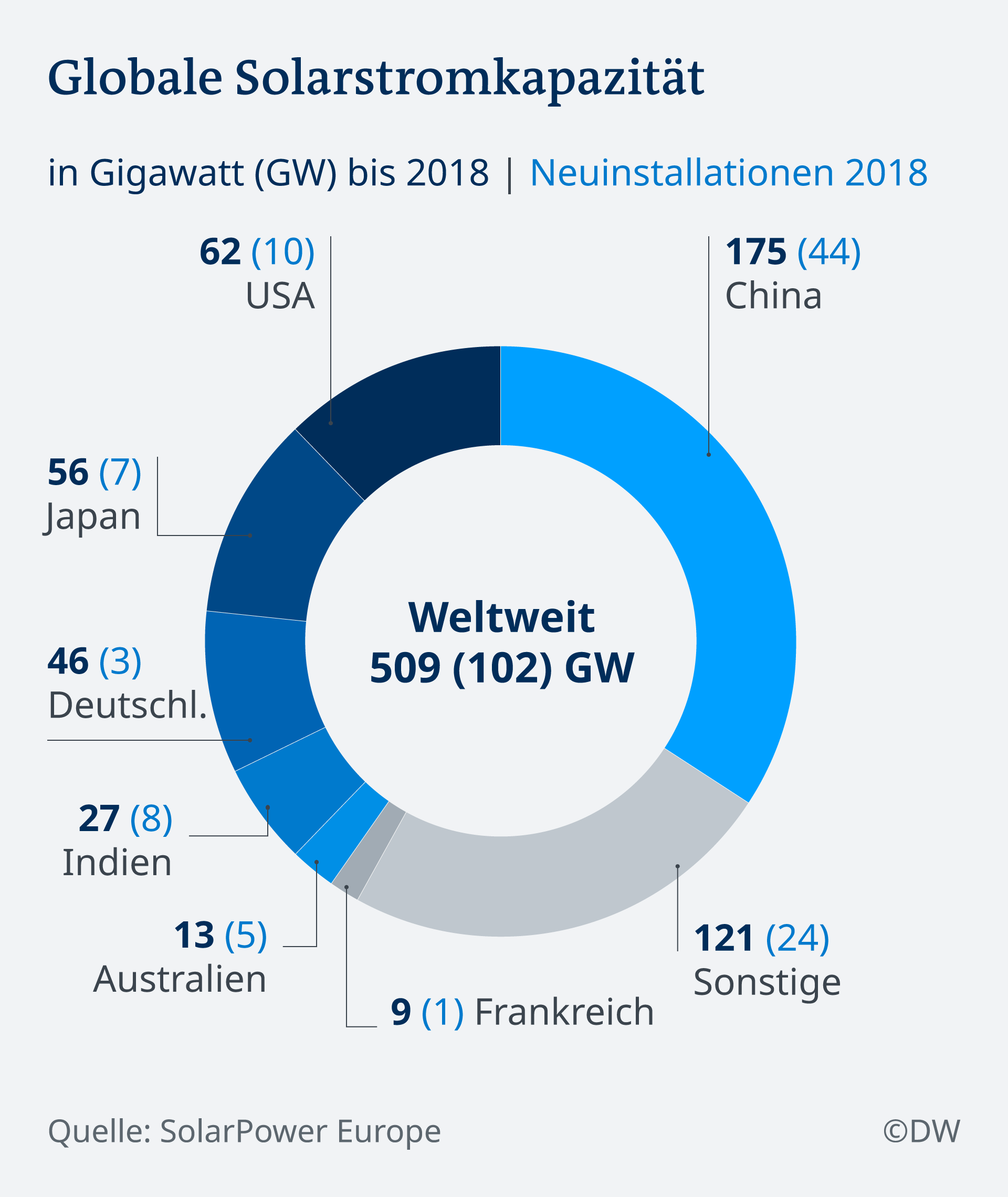
The solar power depends on other technologies across the world. For comparison: in 2018, were built according to solar power Europe 49 GW of Wind, and 21 GW of hydro power and 50 GW of coal-and 46 GW of Gas-fired power. The expansion of new nuclear power plants amounted to five GW.
Solar power Europe is that the global capacity of photovoltaic systems compared to today double within the next five years to triple.
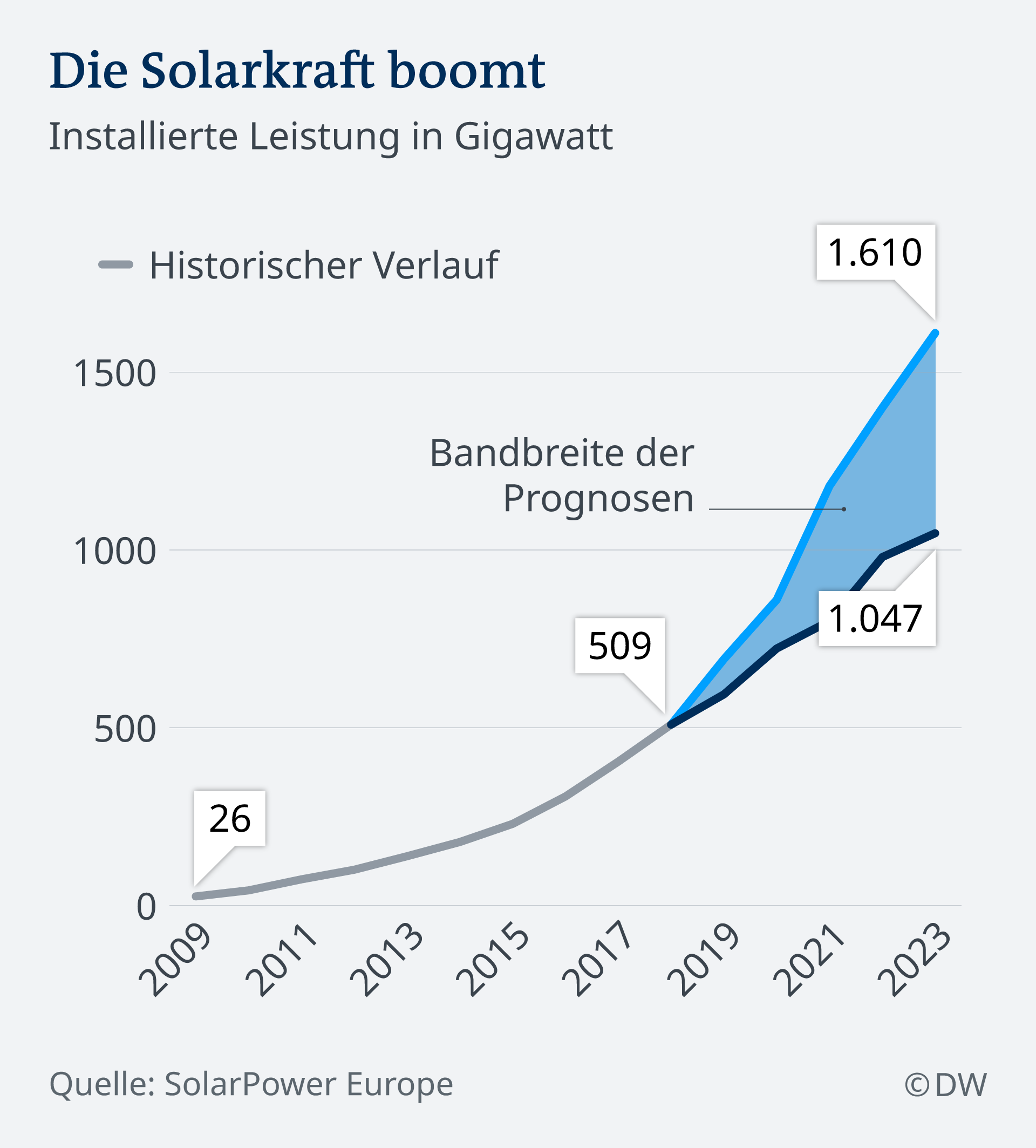
3. Solar energy and climate protection goals
Currently, the share of solar power in the global electricity mix is two percent. In order to keep global warming to a maximum of 1.5 degrees would have to be accelerated in the solar expansion significantly, researchers say consistent.
According to a recent study by the LUT and the Energy Watch Group (EWG) would be a capacity of 40,000 to 80,000 GW of solar power in the world for a climate-neutral energy system is the cheapest type of energy supply. Compared to today’s approximately 100 Times more solar power would be installed.
Around 70 percent of the world’s energy needs for electricity, heat and transport could be made with solar power blankets.
More: How neutral will the world favorable climate?
4. Solar industry, especially in China
Important the solar power also from an industrial policy point of view. More and more large-scale solar needed factories in order to meet the demand for cells and modules.
A few years ago, Europe was the leader in solar technology. China made it through financial support, a sector in their own country. A large part of the European solar industry could not stand the price pressure and went into bankruptcy. Solar modules are manufactured today, therefore, especially in China.
More: China takes over Europe’s pioneering role
-
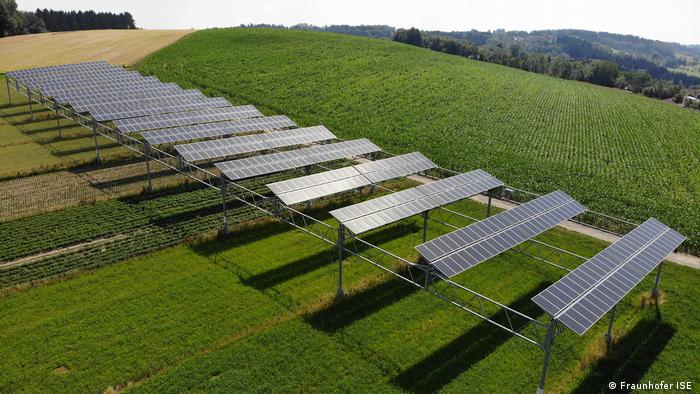
The most unusual places for solar panels
Double the crops, with agro-photovoltaic
Top solar power and the bottom grain or potatoes. Farmers win here is double: firstly, they produce cheap electricity. And In the last heat of summer, the potato was under these modules in southern Germany, harvest better than in the open field. The technique is ideal for dry regions.
-
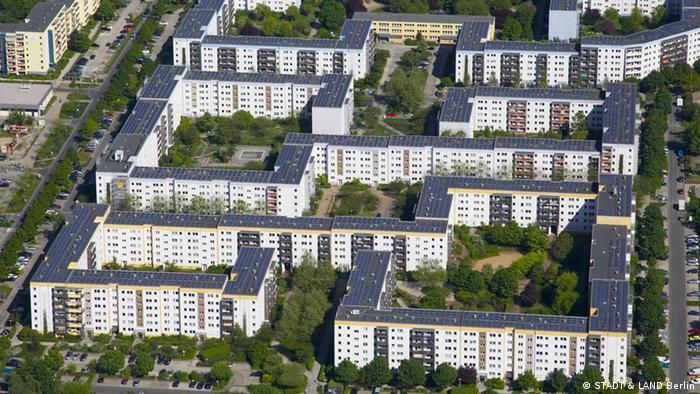
The most unusual places for solar panels
The house roof as a power plant
Tenants in these Berlin houses obtain electricity from the roof. With new modules, electricity from rooftop solar is around 60 percent cheaper than from the energy suppliers in Germany costs around ten cents per kilowatt-hour. So far, however, only a small part of the land. All houses in Germany have had such roofs could be covered with a quarter of the total German electricity demand.
-
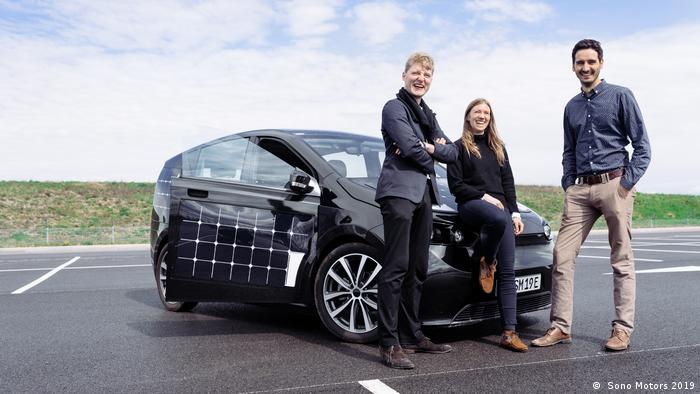
The most unusual places for solar panels
Car produces its own electricity
Electric cars need charging stations. This car from the Startup Sono motor has integrated solar cells in the body. So it produces electricity for a ride up to 30 kilometres per day. The Sion could go by 2020 in Europe, in series. Other cars with Gas, the use of solar produced electricity. Also kerosene and Diesel with such systems synthetically produced.
-

The most unusual places for solar panels
Electricity from large solar farms
This solar Park in Mexico is one of the largest in the world. With a capacity of 828 megawatts, it produces as much electricity as a medium-sized coal-fired power plant. Compared to electricity from coal, solar power costs only about half as much. The cost advantage will increase in the coming years according to forecasts.
-
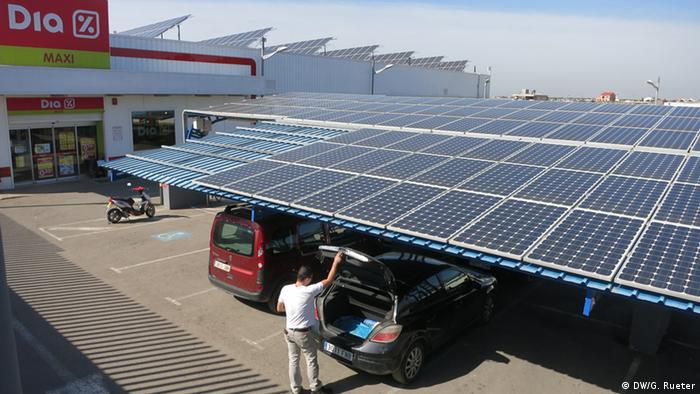
The most unusual places for solar panels
Electricity and shadow
In southern Spain Conil are operated with solar power air conditioning systems and cooling devices of a super market. In addition, the solar Park roof provides the cars shadow. With modules on roofs and facades, much of the demand for electricity is on-site cover.
-

The most unusual places for solar panels
The sun’s energy to water
This catamaran shows what is currently possible With solar power the Motor produces powered, batteries are loaded for the night, the hydrogen and in the Tanks it is stored. If required, electricity will be generated from hydrogen in a fuel cell. In addition, the ship of a kite. The catamaran “Race for Water” advertises worldwide for the energy transition and against plastic waste.
-
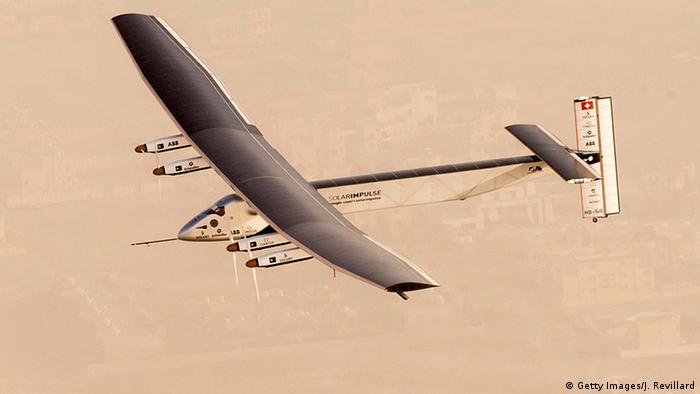
The most unusual places for solar panels
With solar power around the world
In several stages of this solar plane flew for 2015 and 2016 to the world. The plane is very light, the solar cells and the battery supply the economical engines. Swiss aviation pioneers advertised their round-the-world to switch to solar energy. The industry is also working on a larger Electric aircraft; if all goes well, could people fly in 10 years.
-
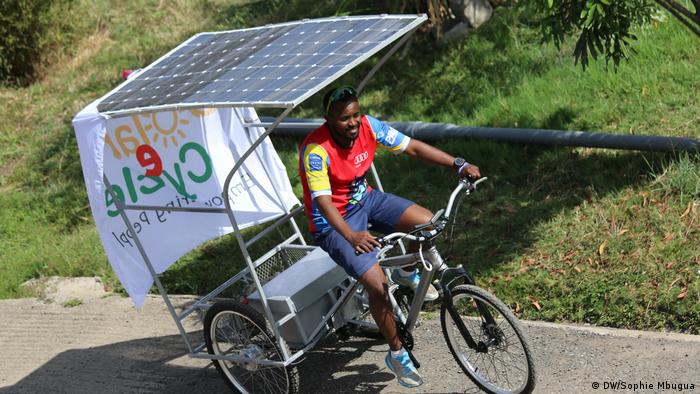
The most unusual places for solar panels
Other mobility and improved air
This bike with solar module has been developed by the Strathmore University of Nairobi for the urban Transport to reduce the Smog in the Kenyan capital, caused by cars and Mopeds. The solar module can meet the power requirements for the rides of the day and in the evening using the stored power in the battery even energy-efficient light supply in the house.
-
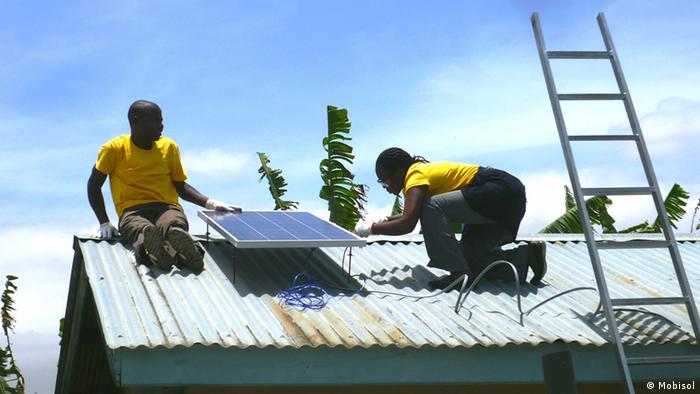
The most unusual places for solar panels
For the first time current home
Over a billion people live without access to electricity. By cheaply made solar technology can afford, more and more people power. A solar module with battery supplies the power for economical LED lamps, and increasingly for TV and fridge. Here’s a new solar cell is installed on a rooftop in Rwanda.
Author: Gero Rueter











